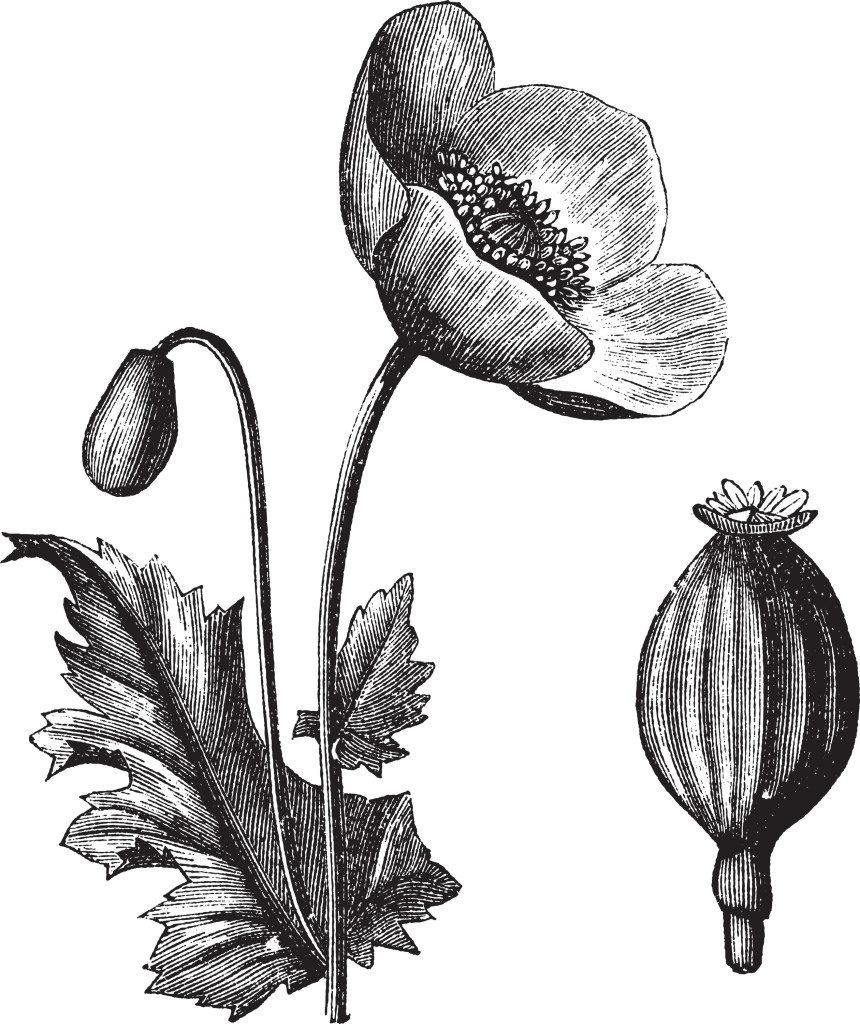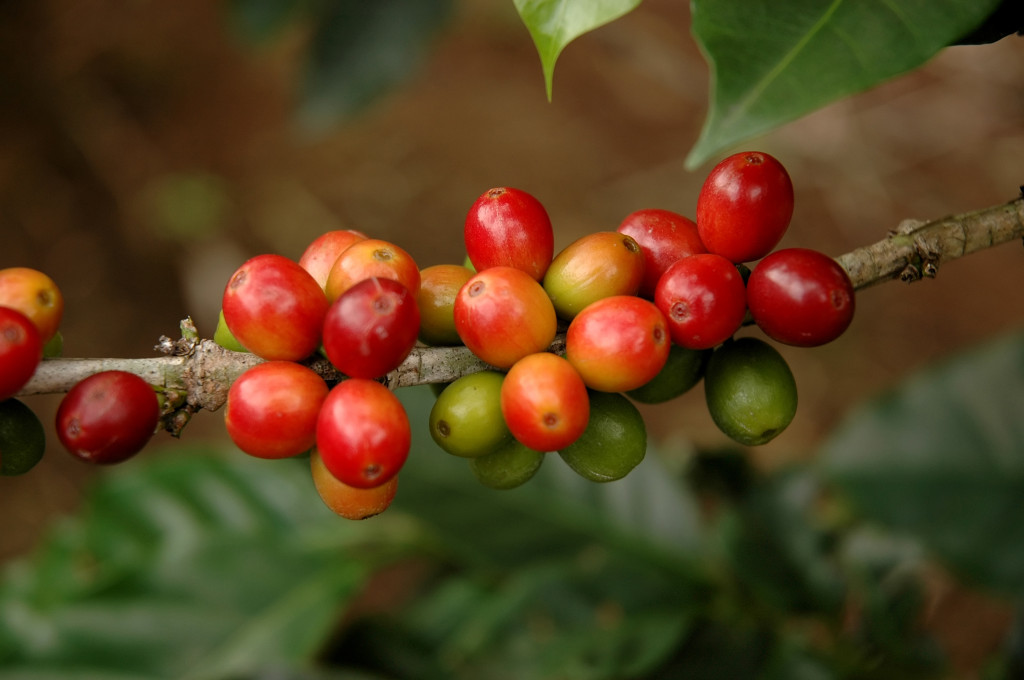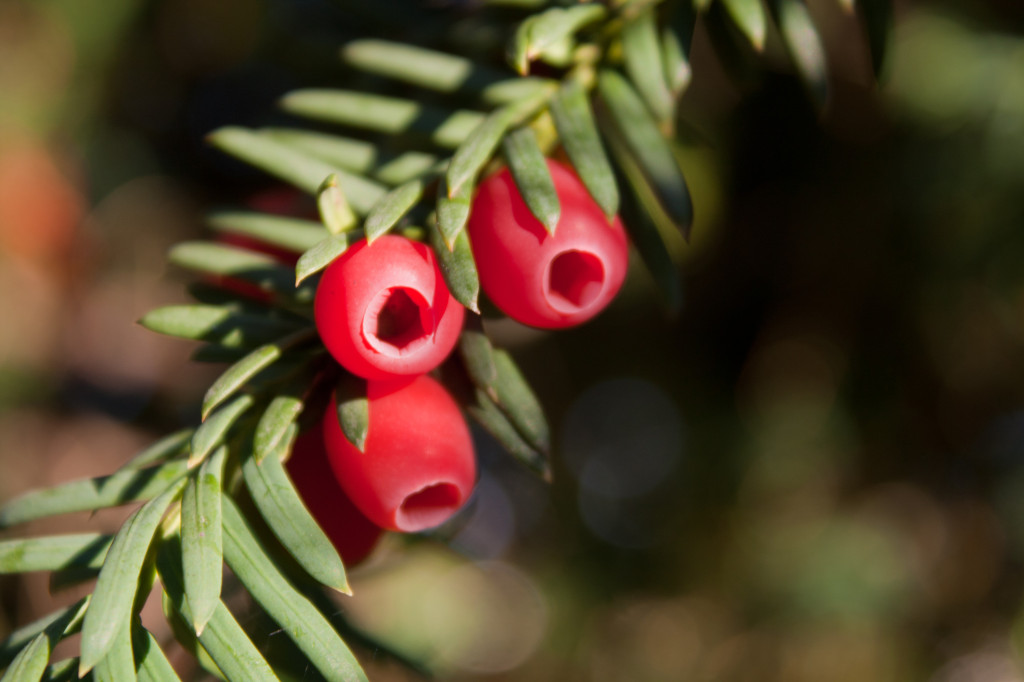Plants produce a variety of compounds that can be divided into primary metabolites and secondary metabolites. Primary metabolites are essential for the survival of the plant and include sugars, proteins and amino acids.
Secondary metabolites were once believed to be waste products. They are not essential to the plant’s survival, but the plant does suffer without them. Secondary metabolites also have many uses for us, too. Some are beneficial, and others can be toxic.
Alkaloids
Alkaloids are secondary metabolites. They are primarily composed of nitrogen and are widely used in medicine. They can also be highly toxic.

Morphine was the first alkaloid to be found. Morphine comes from the plant Papaver sonniferum, or the opium poppy. It is used as a pain reliever in patients with severe pain levels and cough suppressant.
Another example of an alkaloid is cocaine. It can be highly dangerous and addictive. However, it has also been used as an anesthetic. Cocaine has long been used by the people of South America to alleviate hunger. Workers chew on the leaves while working, which is not dangerous because the leaves only contain a small amount of cocaine. However, cocaine derivatives are very dangerous when habitually used and can be deadly.
Perhaps the most loved and known alkaloid is caffeine. While we use it to stay alert, it has protective properties for the plants it comes from: cocoa, coffee and tea.

Seedlings of the coffee plant have a high concentration of caffeine. The high concentration is toxic and protects the seedlings from insects that want to snack on it.
Toxic caffeine levels also have another interesting defense mechanism. It prevents the germination of any other plants in the area. This is referred to as allelopathy. In humans, caffeine has also been thought to reduce the risk of diabetes and heart disease in addition to helping us face long days of work and school.
Terpenoids
Terpenoids are made of isoprene units and are found in all plants. They are the largest group of secondary metabolites and are very volatile, which means they evaporate easily.
Isoprene is a gas produced in the chloroplasts and released by the leaves. Isoprene is thought to protect the plant from heat.
Essential oils give plants their fragrance. In some plants, the scent is used to deter herbivores and protect the plant from dangerous pathogens. We use essential oils for aromatherapy and medicine. In aromatherapy, essential oils are thought to improve the mood and mental functioning. In alternative medicine, essential oils are thought to have quite a few benefits.
Most of the time, essential oils are dangerous if consumed so they are usually applied topically or inhaled. They can be used for skin issues, respiratory ailments and as antiseptics.

Next is taxol, which has become important in the medical field. It is used to treat ovarian and breast cancer. Taxol comes from the bark of the Pacific yew tree. The bark produced very small amounts of taxol and the process killed the tree. Other sources needed to be found.
Now, other sources of taxol include a fungus that grows on the tree and needles of the European yew.
The final type of terpenoid is the one that is the most familiar to us: rubber. It is the largest of the terpenoids because it contains over 400 isoprene units. Rubber is obtained from latex, which is a fluid produced by Hevea brasilenis. The uses for rubber are numerous and go back hundreds of years. Today, we use rubber in shoes, erasers, tires, gloves, spandex and the beloved rubber ducky.
Phenols
The final type of secondary metabolites has recently become very popular due to their health benefits: the phenols.
The phenols consist of a hydroxyl group (–OH) attached to an aromatic ring. Phenols are found in nearly all parts of the plant and in nearly every plant on the planet.
The first group of phenols is the flavonoids. Flavonoids are water-soluble pigments found in the vacuoles of plant cells. Flavonoids can be further divided into three groups: anthocyanins, flavones and flavnols.
Anthocyanins range in color from red to blue and purple. The color depends on the pH of the environment. Anthocyanins are most commonly found in grapes, berries and have a wide range of health benefits. Anthocyanins are believed to protect against heart disease, diabetes and even cancer when they are consumed. They are also appearing in skincare products to slow down the aging process.
The next two groups have white or yellow pigments. They are called flavones and flavnols. As a group, the phenols attract pollinators to the plants and even impact how plants act with one another.

Yet another medically relative phenol is salicylic acid, which is the active ingredient in aspirin. It comes from the bark of the willow tree. It has been used to effectively treat aches and fevers since the days of Hippocrates. It also has cosmetic uses.
It is used in numerous skincare products to treat acne, large pores and dermatitis.The final type of phenol is important to the structure of the plant and is called lignin. It adds stiffness and strength to cell walls of the plant cells. Lignin is crucial to terrestrial plants because it supports the branches and size. It also allows the cell wall to be waterproof and protects the plant from fungal attacks.
Not only do the secondary metabolites have functions for the plants, they have proven to be pretty beneficial for us, too. Their effects have not only been cultivated in recent years, but for centuries. Be sure to eat your berries for their great health benefits, and remember where the active ingredient in that aspirin you took came from.

Very nice & superb
“Thank you very much”.
excellent. i understood these secondry metabolites and their role
Tank u very much… It was of great help to me…
WHAT ARE THE DOMAINS FOUND IN THE ABOVE DISCUSSED SECONDARY METABOLITES???????
may I ask who is the author and the year of this article ?
Good article. if i may ask, is quinone another class of secondary metabolites.
Exciting! Pls who is the author of this article?
Good … really helpful…………
nice good realy helpful for project work
by hemanth ,telangana,india